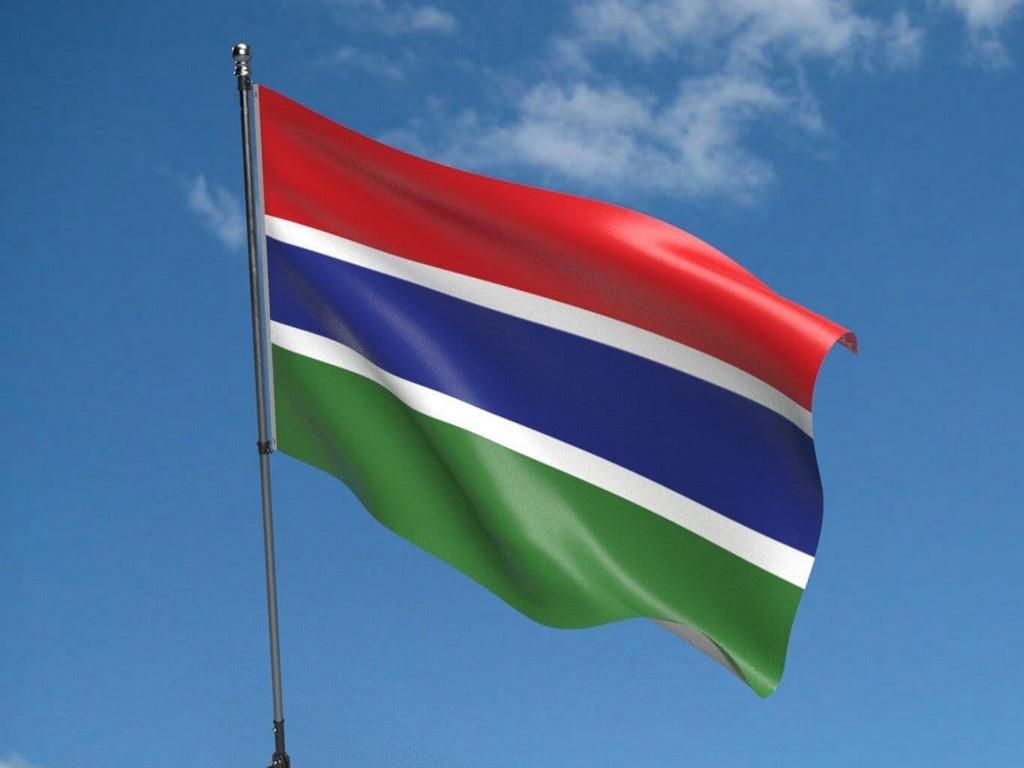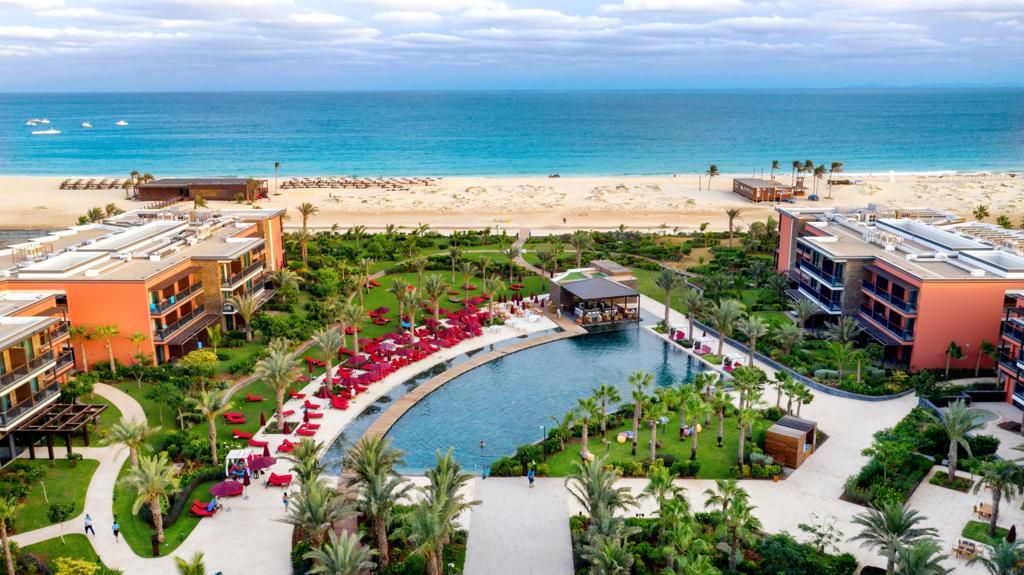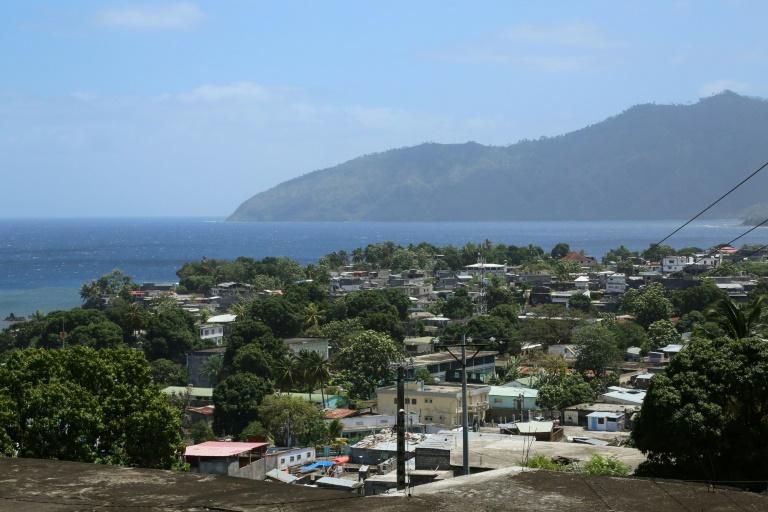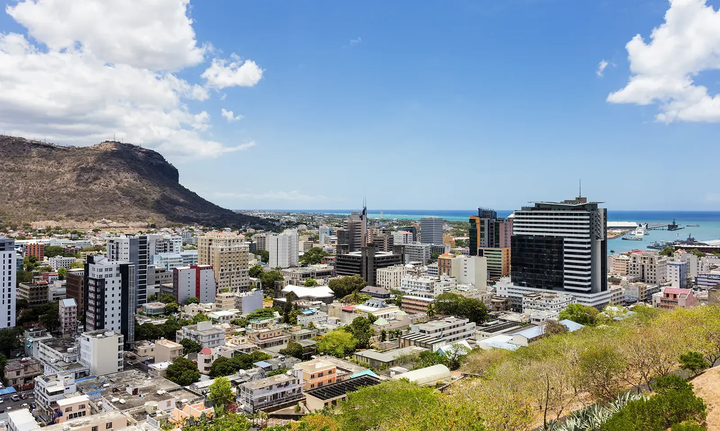10 Smallest African Countries by Land Mass
)
Africa is a continent of breathtaking contrasts — a place where golden deserts seem to touch the horizon, lush rainforests hum with life, and every corner tells a different story. It’s the kind of place that reminds you just how vast and varied our world can be. From the sweeping dunes of the Sahara to the misty peaks of Mount Kilimanjaro, Africa refuses to fit into a single picture frame.
But while the big names like Algeria and the Democratic Republic of Congo often dominate the map, there’s another side to Africa that deserves just as much attention — its small but mighty nations. These are the countries that may not take up much space on the globe, yet they hold their own in charm, beauty, and resilience.
Take the Seychelles, for example, where powdery beaches and turquoise waters redefine paradise. Or São Tomé and Príncipe, where volcanic landscapes rise dramatically from the ocean. These tiny nations may be small in size, but they are overflowing with culture, biodiversity, and history — proof that in Africa, greatness often comes in small packages.
10 smallest African countries by land mass
10. Burundi – 27,834 km² (10,747 sq mi)
)
Bordering Rwanda, Tanzania, and the DRC, Burundi is one of Africa’s most densely populated and poorest countries. With a population of 12.5 million, it relies heavily on agriculture, especially coffee.
A former kingdom colonised by Germany and Belgium, Burundi gained independence in 1962. It has faced recurring ethnic conflicts but retains cultural treasures like the Gishora Drum Sanctuary and access to Lake Tanganyika. Poverty, population pressure, and political instability remain major challenges.
9. Rwanda – 26,338 km² (10,169 sq mi)
![Rwanda is known as the Land of a Thousand Hills [X.com]](https://image.api.sportal365.com/process/smp-images-production/pulse.com.gh/28102024/cf3bc22f-4aaa-4199-823c-ec0e486cdb0f)
Known as the “Land of a Thousand Hills”, Rwanda is a small yet densely populated nation in East-Central Africa. With 13.5 million people, it’s among the most populated countries per square kilometre.
After enduring the 1994 genocide, Rwanda has rebuilt impressively, becoming one of Africa’s fastest-growing economies. Its capital, Kigali, is known for its cleanliness and safety. Tourism thrives around Volcanoes National Park, home to endangered mountain gorillas. Rwanda also leads globally in female political representation.
8. Djibouti – 23,200 km² (8,958 sq mi)
)
Strategically located at the entrance of the Red Sea, Djibouti sits at the crossroads of Africa and the Middle East. With about 1 million residents, it features unique landscapes like Lake Assal, Africa’s lowest point at 155 metres below sea level.
A former French colony, Djibouti gained independence in 1977. Today, it hosts multiple foreign military bases, generating significant income from its strategic port and logistics services to landlocked Ethiopia. It’s also known for whale shark diving in the Gulf of Tadjoura.
7. Eswatini (formerly Swaziland) – 17,364 km² (6,704 sq mi)
![Eswatini was named after an ancient king [swazihighcom]](https://image.api.sportal365.com/process/smp-images-production/pulse.com.gh/19112024/7d0e8dd0-533f-4843-adae-6677f9044618)
This landlocked kingdom bordered by South Africa and Mozambique is Africa’s last absolute monarchy. Eswatini gained independence from Britain in 1968 and officially adopted its current name in 2018.
Home to 1.2 million people, Eswatini preserves deep-rooted traditions like the Umhlanga (Reed Dance). Its economy relies heavily on sugar exports, and challenges include high HIV/AIDS rates and economic dependence on South Africa. Nonetheless, it offers striking natural beauty and rich cultural heritage.
6. The Gambia – 11,295 km² (4,361 sq mi)

Africa’s smallest mainland country stretches along both banks of the Gambia River and is almost completely surrounded by Senegal. The Gambia’s unusual shape resulted from British and French colonial divisions.
Independence came in 1965. With a population of about 2.5 million, the country’s economy depends on agriculture, tourism, and fishing. Key heritage sites include Kunta Kinteh Island and the Senegambian stone circles. Despite its size, The Gambia remains one of West Africa’s most culturally rich destinations.
5. Cape Verde (Cabo Verde) – 4,033 km² (1,557 sq mi)

Located about 570 km west of Senegal, Cape Verde consists of 10 volcanic islands divided into windward and leeward groups. Uninhabited until Portuguese discovery in the 15th century, it became a vital hub in the Atlantic slave trade before gaining independence in 1975.
The country of 560,000 people is celebrated for its Creole culture, vibrant music, and political stability. Tourism and remittances from its large diaspora drive its economy. Cidade Velha, the first European settlement in the tropics, is a UNESCO World Heritage Site.
4. Comoros – 2,235 km² (863 sq mi)

Nestled in the Mozambique Channel between Mozambique and Madagascar, Comoros comprises three main volcanic islands — Grande Comore, Mohéli, and Anjouan. Its fourth island, Mayotte, remains under French administration.
Known as the “Perfume Islands” for their ylang-ylang and jasmine production, Comoros has a population of around 850,000. Despite natural beauty and rich marine life, the nation faces political instability and economic hardship, having experienced over 20 coups since independence in 1975.
3. Mauritius – 2,040 km² (788 sq mi)

Located in the Indian Ocean east of Madagascar, Mauritius is renowned for its stability, natural beauty, and multicultural society. Colonised successively by the Dutch, French, and British, it achieved independence in 1968.
Mauritius is the birthplace of the extinct dodo and home to attractions like the Seven Coloured Earth of Chamarel. With a population of 1.3 million, it has evolved into one of Africa’s most prosperous economies, driven by tourism, finance, technology, and manufacturing. It ranks among Africa’s most business-friendly nations.
2. São Tomé and Príncipe – 964 km² (372 sq mi)
)
Situated in the Gulf of Guinea, São Tomé and Príncipe comprises two main volcanic islands. Portuguese explorers discovered them in the 15th century, establishing settlements that became central to the slave trade and cocoa production.
The country gained independence in 1975 and today has a population of about 220,000. Its dramatic landscapes, such as Pico Cão Grande, and rich biodiversity make it one of Africa’s hidden gems. Agriculture, especially cocoa, dominates its economy, though tourism and potential offshore oil prospects offer growth opportunities.
1. Seychelles – 459 km² (177 sq mi)
![Seychelles is the richest country per GDP capita [UNDP]](https://image.api.sportal365.com/process/smp-images-production/pulse.com.gh/27092024/2748eba6-e8b8-4559-ba1e-768d7b1f357f)
The smallest country in Africa, Seychelles is an archipelago of 115 islands in the western Indian Ocean, about 1,500 km east of mainland Africa. Its capital, Victoria, is among the smallest in the world.
Despite its compact size and population of about 100,000, Seychelles commands an exclusive economic zone of over 1.4 million km² of ocean. Once a French and later British colony, it gained independence in 1976.
Famous for its pristine beaches and biodiversity, Seychelles hosts two UNESCO World Heritage Sites — Vallée de Mai and Aldabra Atoll. With tourism and fishing as its main industries, it boasts Africa’s highest GDP per capita.
)
)
)

)
)
)
)
)
)
)
)
)